What We Do
20 Years of Impact
Read our 20th Anniversary Impact Report celebrating what we’ve accomplished with our partners in the Sierra-Cascade.
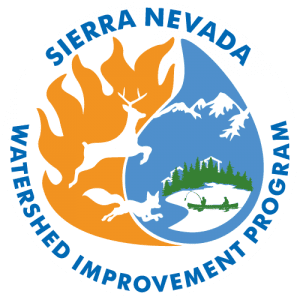
Sierra NevadaWatershed Improvement Program (WIP)
Our Watershed Improvement Program is a large-scale, holistic effort throughout California’s Sierra-Cascade region. The WIP is:
- restoring resilience to forests and rural communities
- supporting sustainable recreation and tourism
- conserving natural and working lands
How the WIP is Restoring Resilience
Work on the Ground
We fund projects that reduce wildfire risk, improve outdoor access, protect biodiversity, and more. To date, we have awarded over $245 million.
Capacity-Building
We work with local organizations to build workforce and organizational capacity and generate a pipeline of projects. Capacity is key to increasing restoration efforts and supporting rural economies.
Science and Policy
We support scientific research projects and participate in technical and policy advisory groups. We use local and regional knowledge to inform decisionmakers and advance forest management strategies.
Recent Highlights

SNC celebrates 20 years of impact at WIP Summit
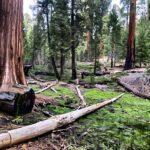
SNC awards $27.5 million to help with wildfire recovery and forest resilience throughout Sierra-Cascade
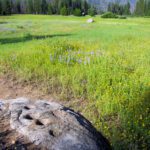
Early SNC grant leads to Yosemite meadow protection & restoration
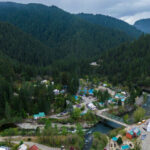
Early support from SNC leads to critical federal funding for North Yuba
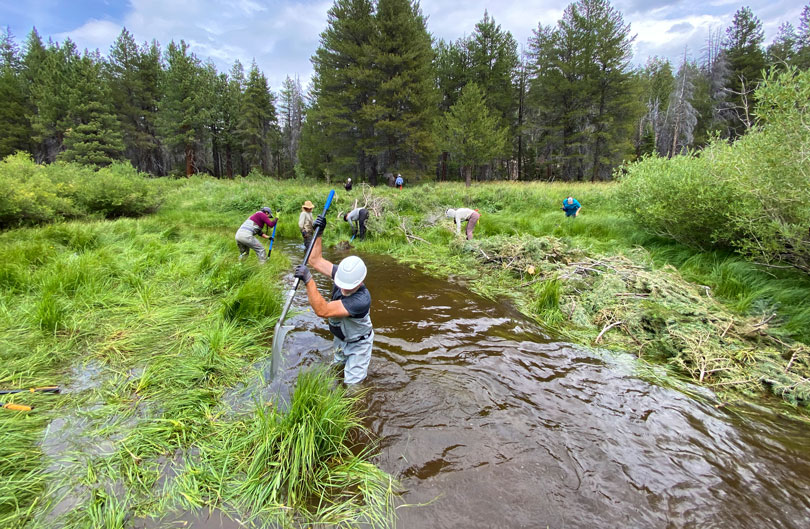
Meadow restoration in the Sierra-Cascade—keeping the momentum flowing
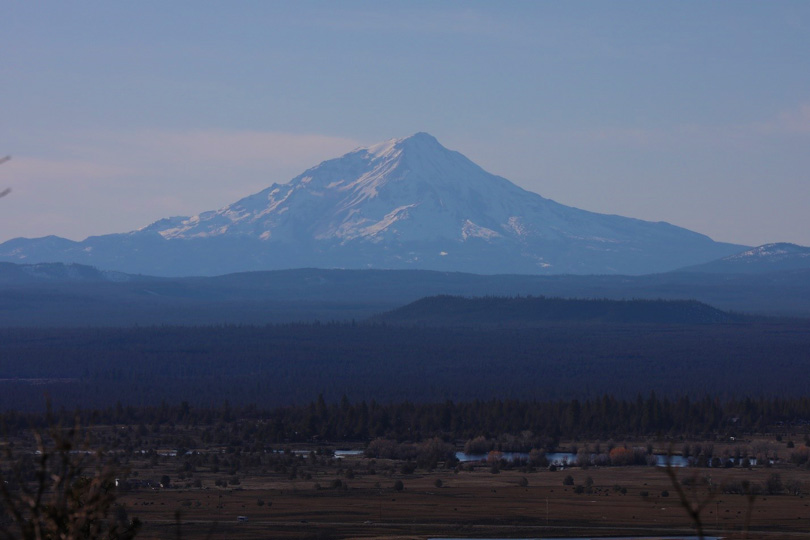
Once struggling Modoc RCD helping to protect forests, communities
The WIP Stands Ready
The WIP is poised to increase the pace and scale of work throughout our service area. We are tracking millions of dollars in shovel-ready projects, and projects in development, through the dozens of collaborative groups our staff are engaged in.
Urgent Issues, Urgent Action
The partnerships built through WIP have positioned us to quickly and effectively put state funding on the ground to address some of the region’s, and California’s, most pressing concerns.
We received $37 million for wildfire-recovery and forest-resilience work in Sierra-Cascade from the California Budget Act of 2023. Following a competitive grant process, we awarded grants to 16 projects totaling $27.5 million in March 2024. Our Governing Board will consider an additional 5 grants at its June meeting to distribute the remaining $7.6 million.
WIP at Work
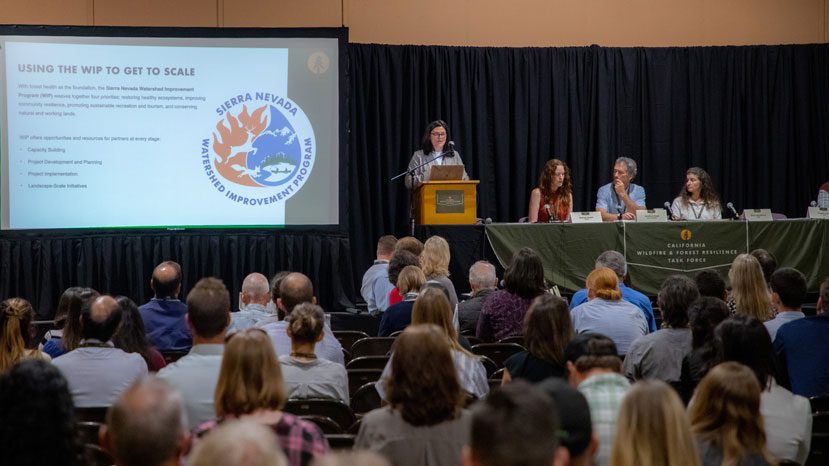
Landscape Investment Strategy
Modern megafires and disturbances are occurring across huge landscapes. To match this scale, we are pooling funding from multiple sources to deliver large grants to landscape-scale restoration initiatives. We created this strategy with our partners who develop, plan, and implement projects.Learn more
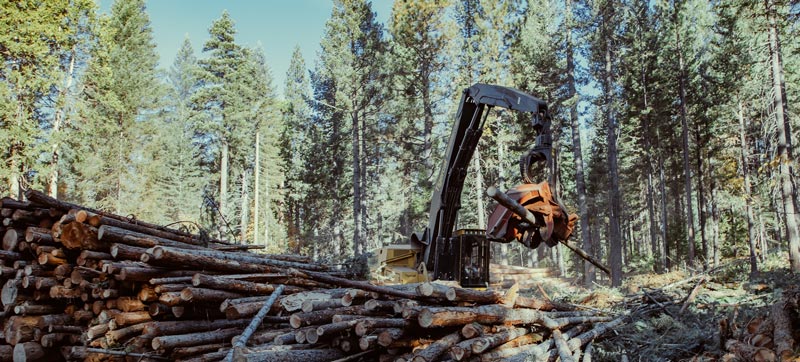
WIP Local Assistance Grants
We fund projects that restore, protect, and enhance Sierra-Cascade watersheds and communities. Our strong partnerships allow us to efficiently get state funding on the ground.Learn more
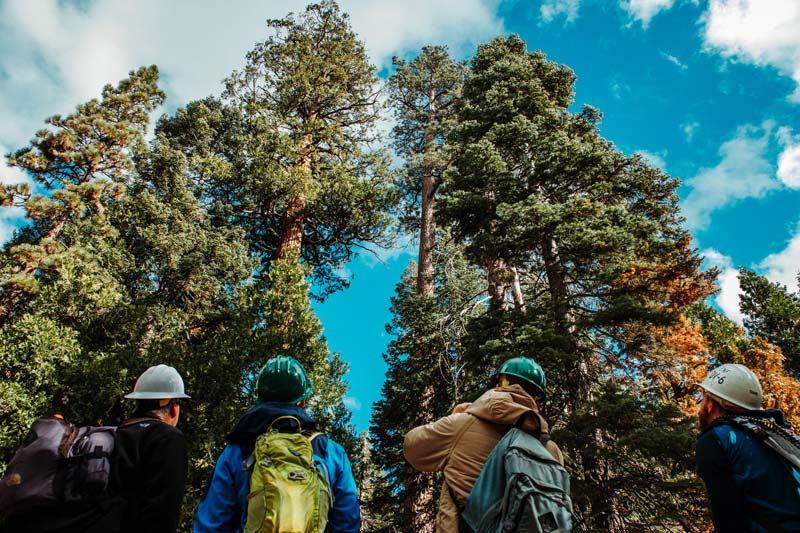
RFFCP Capacity Building
We are using Regional Forest and Fire Capacity Program (RFFCP) funding to increase regional capacity to develop and implement projects. This will help build the human and organizational infrastructure needed for large-scale restoration efforts.Learn more
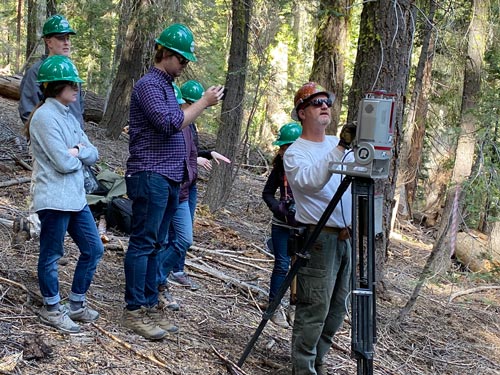
Tahoe-Central Sierra Initiative (TCSI)
We co-founded this partnership in 2017. TCSI partners are working across jurisdictions to plan landscape-scale forest resilience projects, secure funding, and coordinate work across 2.4 million acres.Learn more
Regional Challenges, State Priorities
Today, many wildfires are burning larger and more severely. As detailed in our 2014 State of the Sierra Nevada’s Forests Report and expanded on in the 2017 Update, decades of fire suppression and historic timber harvests have created overcrowded and unhealthy forests that fuel more destructive fire behavior.
Fires like the Dixie, Caldor, Creek, and North Complex have devastated communities and caused significant damage to the resources the region provides, including water, wildlife habitat, recreational access, and carbon storage. We know from the Mokelumne Avoided Cost Analysis, that fires like these are much more expensive to respond to than prevent.
Impacts from large, damaging wildfires in the region are felt across the state as they degrade air quality, jeopardize the state water system, and offset progress towards California’s air quality and climate goals.
Learn more about specific challenges and priorities:

